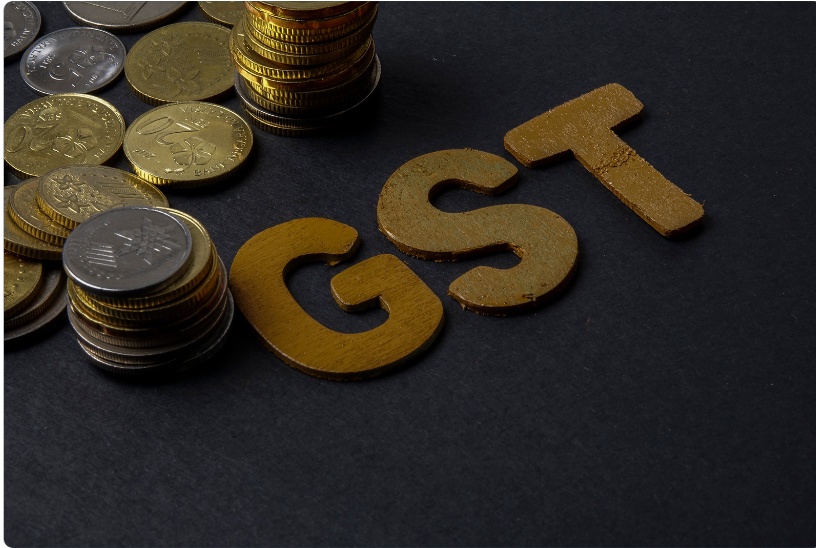GST, or Goods and Services Tax, is a value-added tax levied on most goods and services sold for domestic consumption in a country. It is a comprehensive indirect tax that aims to replace several cascading taxes that were prevalent in the previous tax regime. Here's an overview of GST, its types, and the registration process:
Definition:
Goods and Services Tax (GST) is a destination-based tax levied on the supply of goods and services. It is a multi-stage tax, meaning it is collected at every stage of the supply chain, but the tax burden ultimately falls on the end consumer. GST is intended to streamline the taxation system by subsuming various indirect taxes such as excise duty, service tax, VAT, etc.
Central Goods and Services Tax (CGST): Collected by the Central Government on intra-state supplies of goods and services.
State Goods and Services Tax (SGST): Collected by the State Government on intra-state supplies of goods and services.
Integrated Goods and Services Tax (IGST): Collected by the Central Government for inter-state supplies of goods and services and imports into India.
Union Territory Goods and Services Tax (UTGST): Similar to SGST but applicable to Union Territories that do not have their own legislature to levy taxes.
Registration Process:
Under the GST regime, businesses meeting certain criteria are required to register for GST. Here's a basic outline of the registration process:
Eligibility Check: Determine if your business is required to register for GST. Generally, businesses with an annual turnover above the prescribed threshold are required to register for GST. The threshold may vary by country.
Online Registration: Register online through the GST portal provided by the tax authorities. You'll need to provide details such as PAN (Permanent Account Number), proof of business registration, bank account details, etc.
Application Submission: Fill out the GST registration application form with accurate information and submit it along with the required documents.
Verification: The tax authorities will verify the application and the documents provided. This may involve scrutiny of the provided information and documents.
Issuance of GSTIN: Upon successful verification, the tax authorities will issue a unique Goods and Services Tax Identification Number (GSTIN) to the business entity.
Start of Compliance: Once registered, the business is required to comply with various GST regulations, including filing periodic GST returns and payment of taxes as applicable.
It's important for businesses to stay compliant with GST regulations to avoid penalties and legal issues.
The specific procedures and requirements for GST registration may vary from country to country, so it's advisable to consult with tax professionals or refer to the official guidelines provided by the tax authorities in your jurisdiction.


No comments yet